From Coastal Solutions Project to National Pilot: Hydrogeomorphological Management Plan for the Huizache – Caimanero Lagoon System
By Román Canul Turriza (CSF 2020)
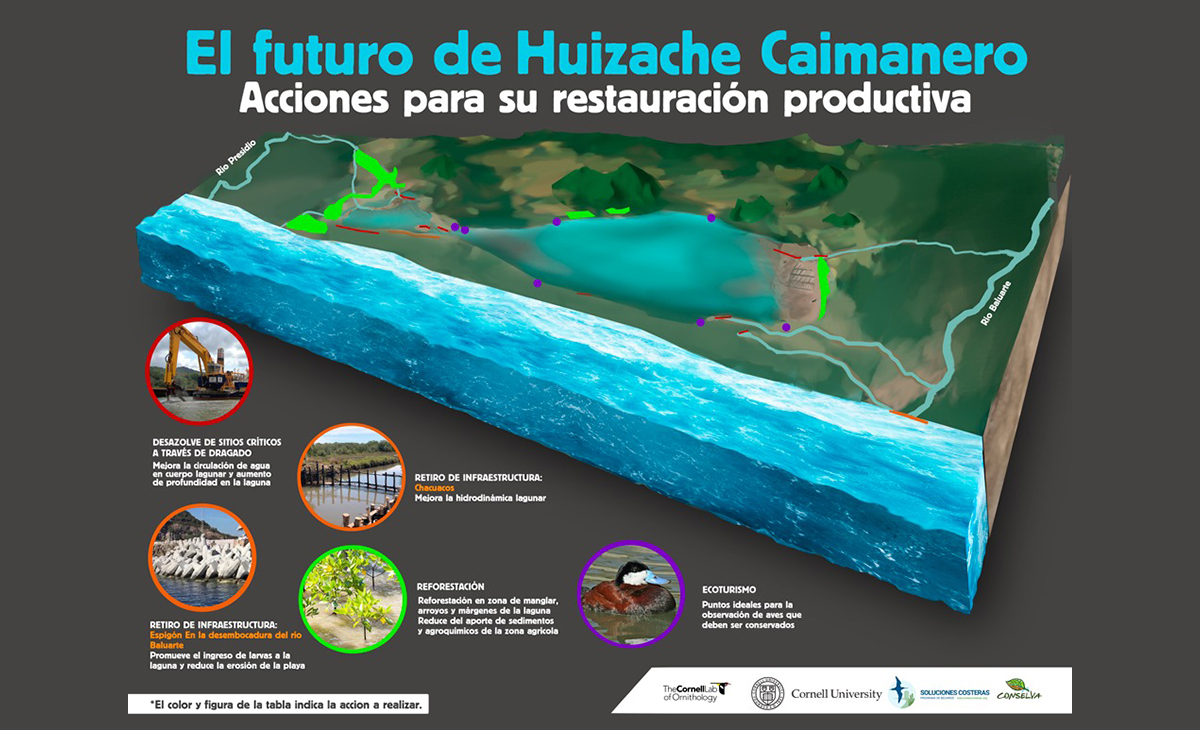
The Huaizache-Caimanero lagoon system, in Sinaloa, was once the most productive coastal wetlands in Mexico. Today, land use changes along the basin have increased erosion and sedimentation, causing losses in fisheries and aquaculture, generating the degradation of the social and economic conditions in the region. This project was born out of the interest to contribute to the conservation of coastal ecosystems, from the perspective of the application of coastal engineering for the restoration of highly degraded ecosystems.
When I began prospecting my participation in the Coastal Solutions Program, I was fortunate to be able to involve Sandra Guido, Executive Director of Conselva Costas y Comunidades, a renowned NGO that works with the different levels of national authorities in Mexico for the conservation of watersheds and coastal ecosystems. Sandra suggested focusing the project in the Huizache – Caimanero area as it is recognized as a Wetland of International Importance, receiving 19% of the shorebirds along the Mexican Pacific, as well as some 200,000 individuals of American Avocets and 75,000 individuals of 7 species of ducks. It was also important to work at this site because of the problems it faces with erosion, sedimentation, mortality of fish and other aquatic organism, and hydrological changes. Conselva had already developed a work agenda with the local fishing cooperatives, and over the years they have carried out several projects with these communities.
While structuring the project proposal for Coastal Solutions, we socialized the project with fishermen, farmers, communities, and different local government officers, and we noticed that our conservation interests fitted perfectly with those of the communities and stakeholders. We started in 2020, and despite some delays, as well as changes of leaders of the fishing cooperatives and representatives of government agencies, the momentum and support for the project never waned. For the first time, a dialogue table was established between the Huizache and Caimanero fishing cooperatives, both sides with a common goal: the restoration and conservation of the system.
During this process we achieved several key objectives to advance the restoration agenda. We generated a detailed physiographic characterization of the wetland, with a high-resolution (5 m) topo-bathymetric model, which allowed us to understand the soil structure and hydrological dynamics of the lagoon. We also performed water quality measurements (temperature, conductivity, pH, etc.) to understand the condition and health of the system. In addition to the topographic and environmental assessments, together with other Coastal Solutions Fellows, we were able to conduct shorebird monitoring at 7 sites within Caimanero. With all this information, we designed intervention initiatives for the eco-hydrological restoration of this wetland, which were evaluated with current tools through numerical simulations, to improve water circulation within the lagoons. These interventions included the definition of dredging zones, reforestation of lagoon edges, and the removal of structures such as the so-called ‘chacuacos’ (structures with gates built by fishermen), aquaculture farms and breakwaters. This allowed the integration of a portfolio of investment projects for the recovery of Huizache-Caimanero, which has been the basis for the development of projects with authorities, producers, and communities.
All this work generated a wealth of technical and scientific information that enriched the development of the Local Ecological Management Program (POEL by its acronym in Spanish) of the municipality of El Rosario, Sinaloa, which was led by Conselva. The POEL consolidates scientific information within public policy and defines the uses and zoning for the lagoon system, including exclusion, conservation, and exploitation areas. It also defines the actions that should be executed in the short, medium, and long term to ensure compliance and follow-up. We also generated working groups with the participation of the leaders of the fishing cooperatives, the municipal president, and agencies of the Municipality of El Rosario, as well as members of the local congress, senators, academia, citizens, and authorities representing government agencies at the federal level, such as the Ministry of the Environment and Natural Resources (SEMARNAT by its acronym in Spanish).
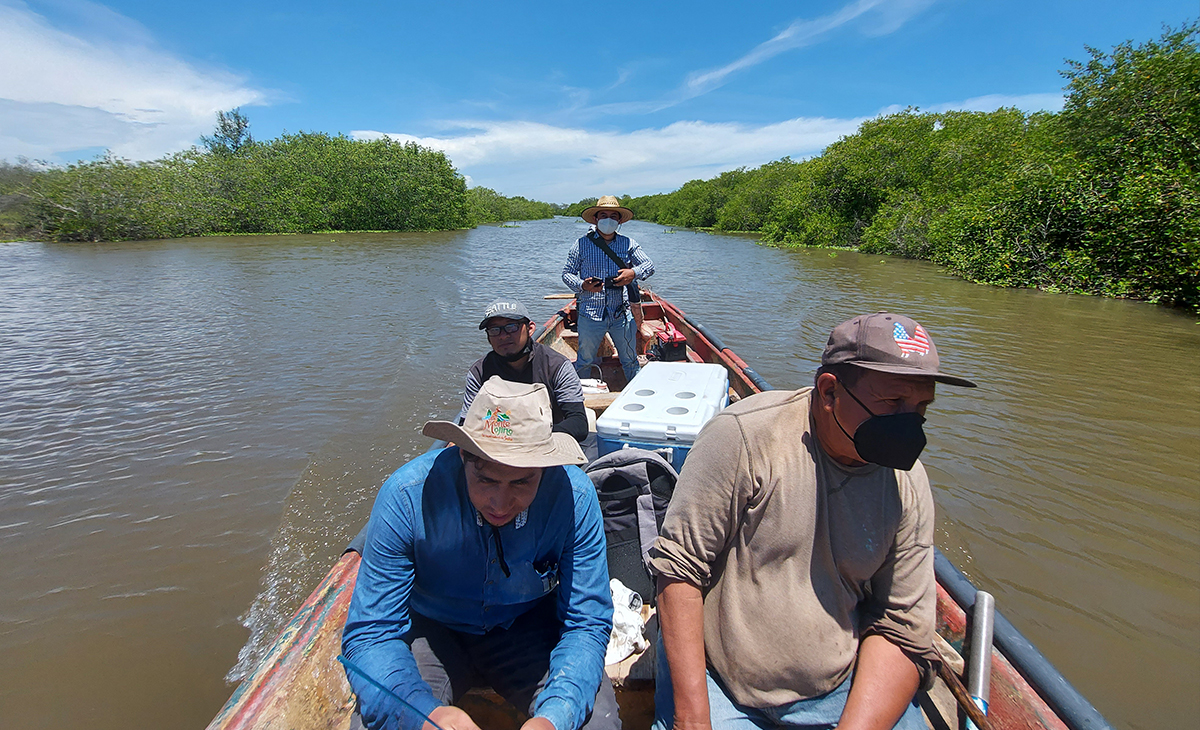
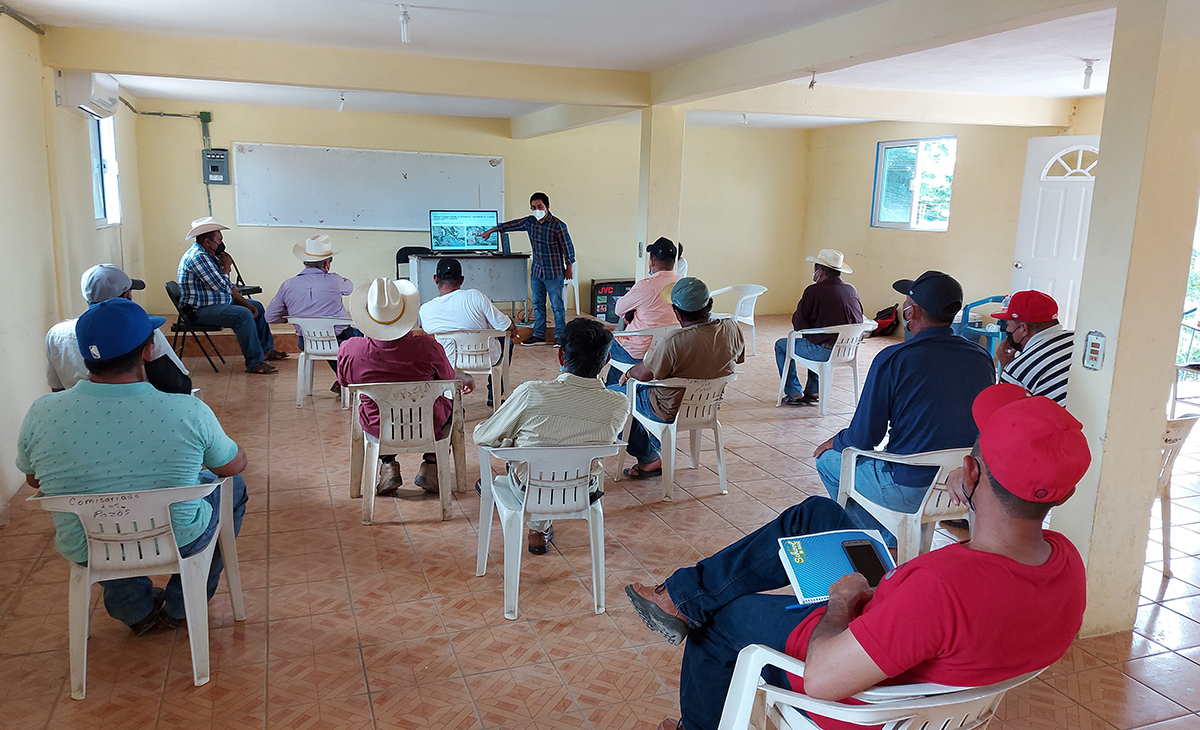
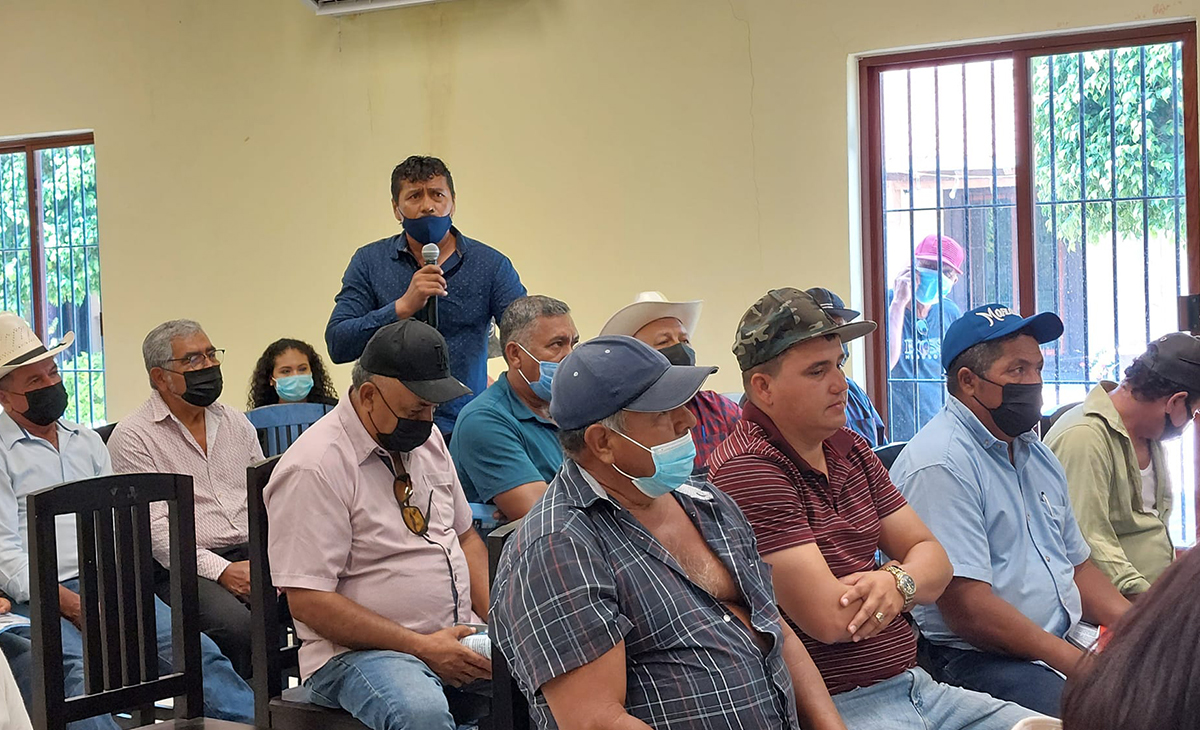
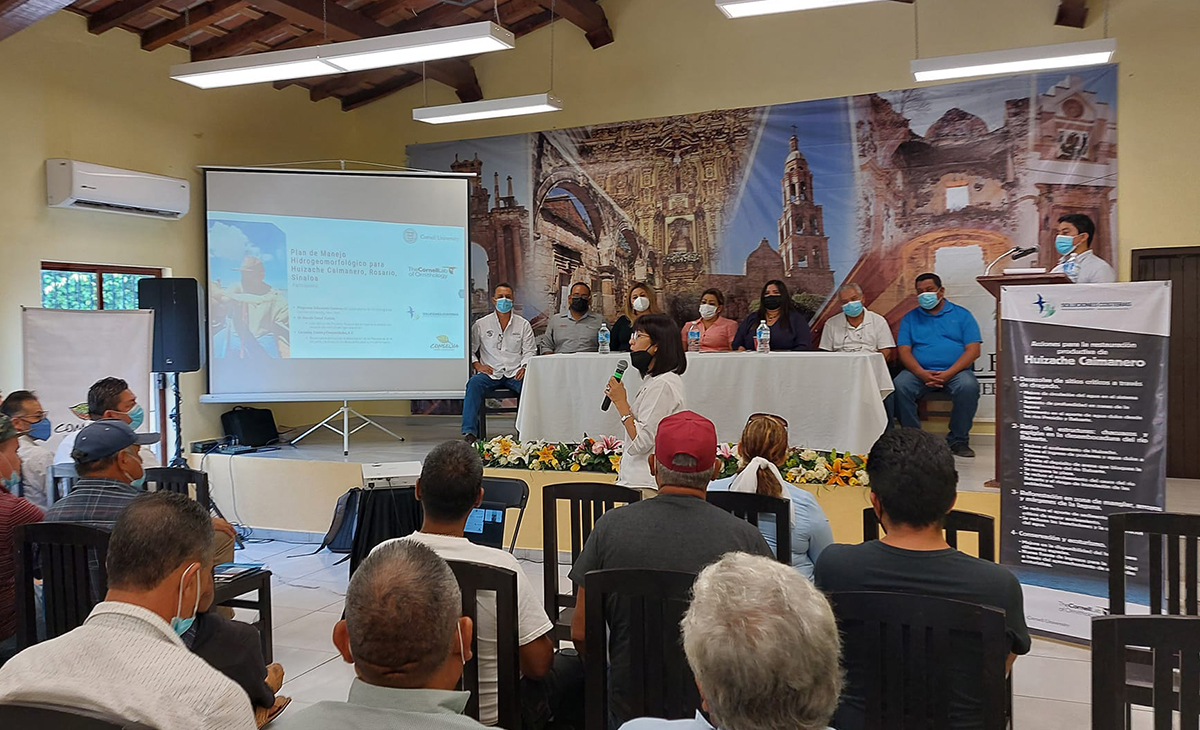
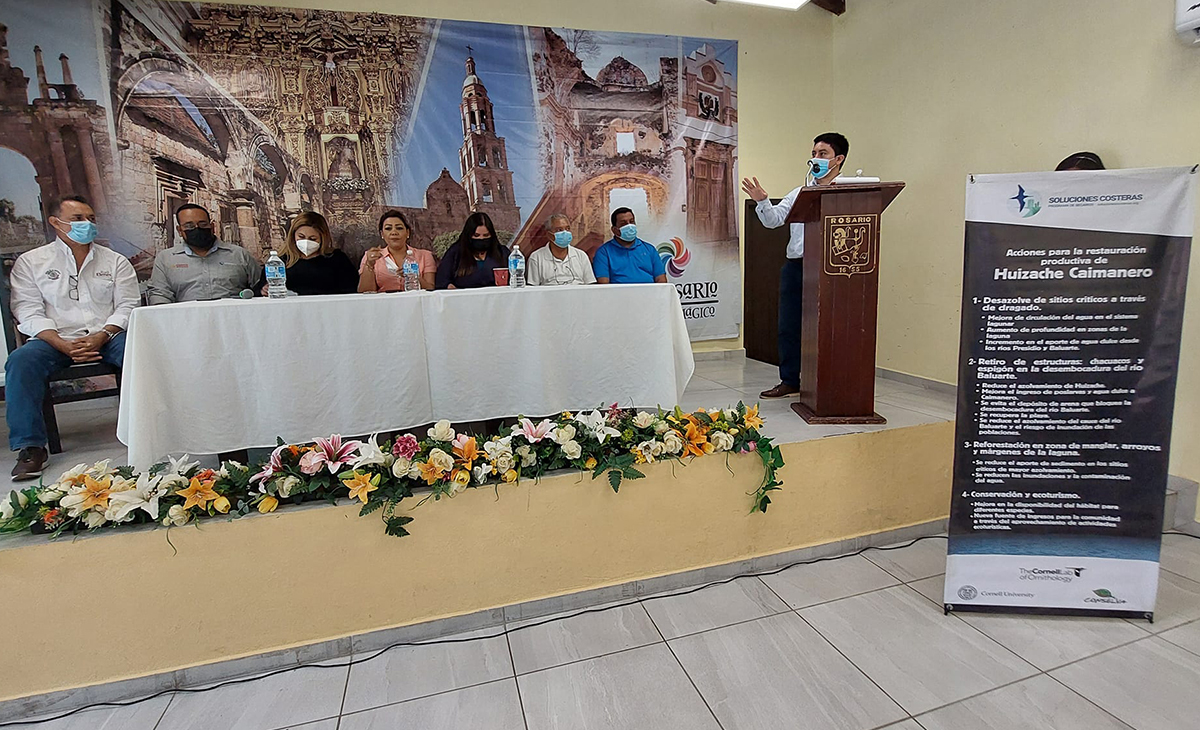
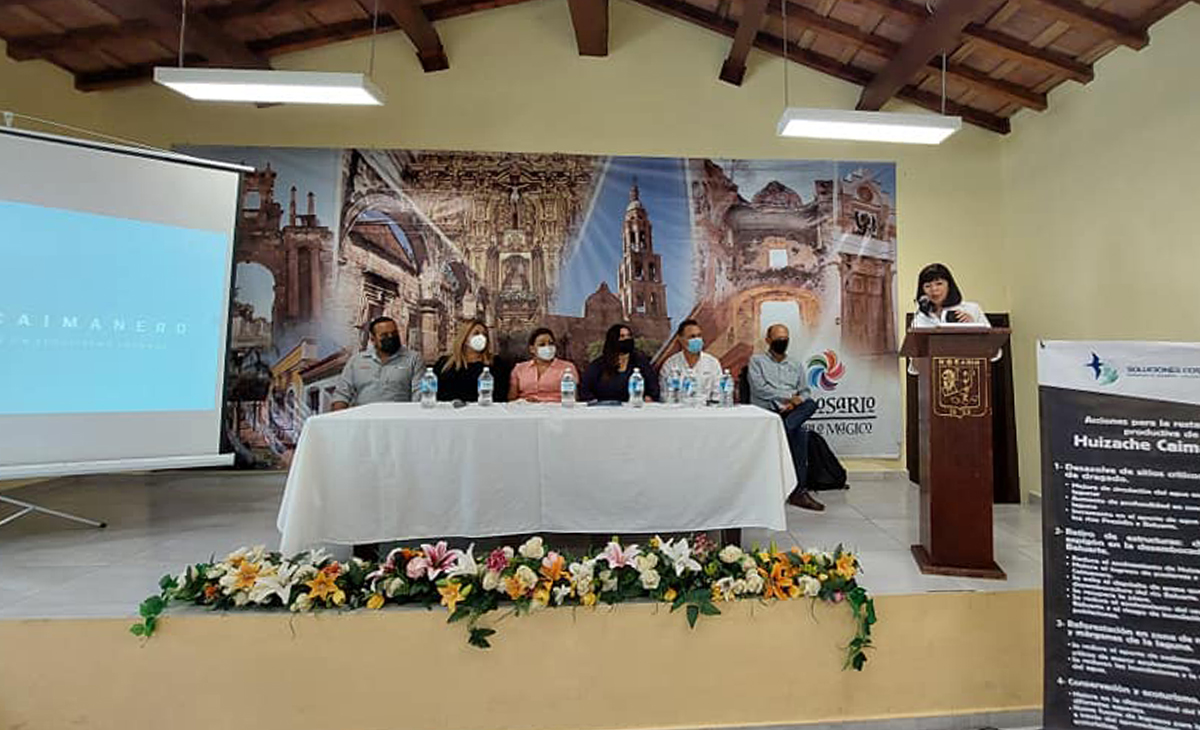
The project also had an impact on my academic and personal life, as we were able to publish research papers, create networks with other fellows, as well as with national and international organizations. Additionally, through a variety of trainings, courses, and workshops, I was professionally launched into demonstrating my leadership skills in projects of global importance, and to overcome the challenges of influencing decision making on a large system, on which thousands of people depend.
The scale and impact of this project attracted the attention of different local, national, and international media, which gave it great visibility, highlighting the importance of the site, the conservation and restoration activities, and the social momentum that this project maintains. This generated a social inertia that permeated through various key actors and decision makers for the conservation of the site, as was the declaration of the beaches of Huizache – Caimanero as a Natural Protected Area with the category of Sanctuary by SEMARNAT, published on December 24, 2022 in the Official Gazette of the Federation.
Given the great success of this project, other organizations consider the Huizache-Caimanero initiative as a pilot project at national level, to try and replicate it in other sites along the Mexican Pacific. This project resulted in meaningful outcomes thanks to the combination of disciplines and the scientific basis for decision-making, but above all because of the networking and involvement of social, governmental and academic actors, which are still rare, but evidently successful.
The economic resources required for the recovery of Huizache-Caimanero are high, however, the fishing cooperatives, with the support of Conselva, continue to promote the results of the project with the three levels of government to allocate economic resources for the implementation of actions focused on dredging, reforestation, and regulation of fishing activities, while promoting additional economic activities such as ecotourism and bird watching. These activities are helping the Huizache-Caimanero lagoon system to reestablish its hydrodynamic conditions and thus offer a healthier environment and a better quality of life for the communities, fishermen, and shorebirds that depend on it, today and forever.
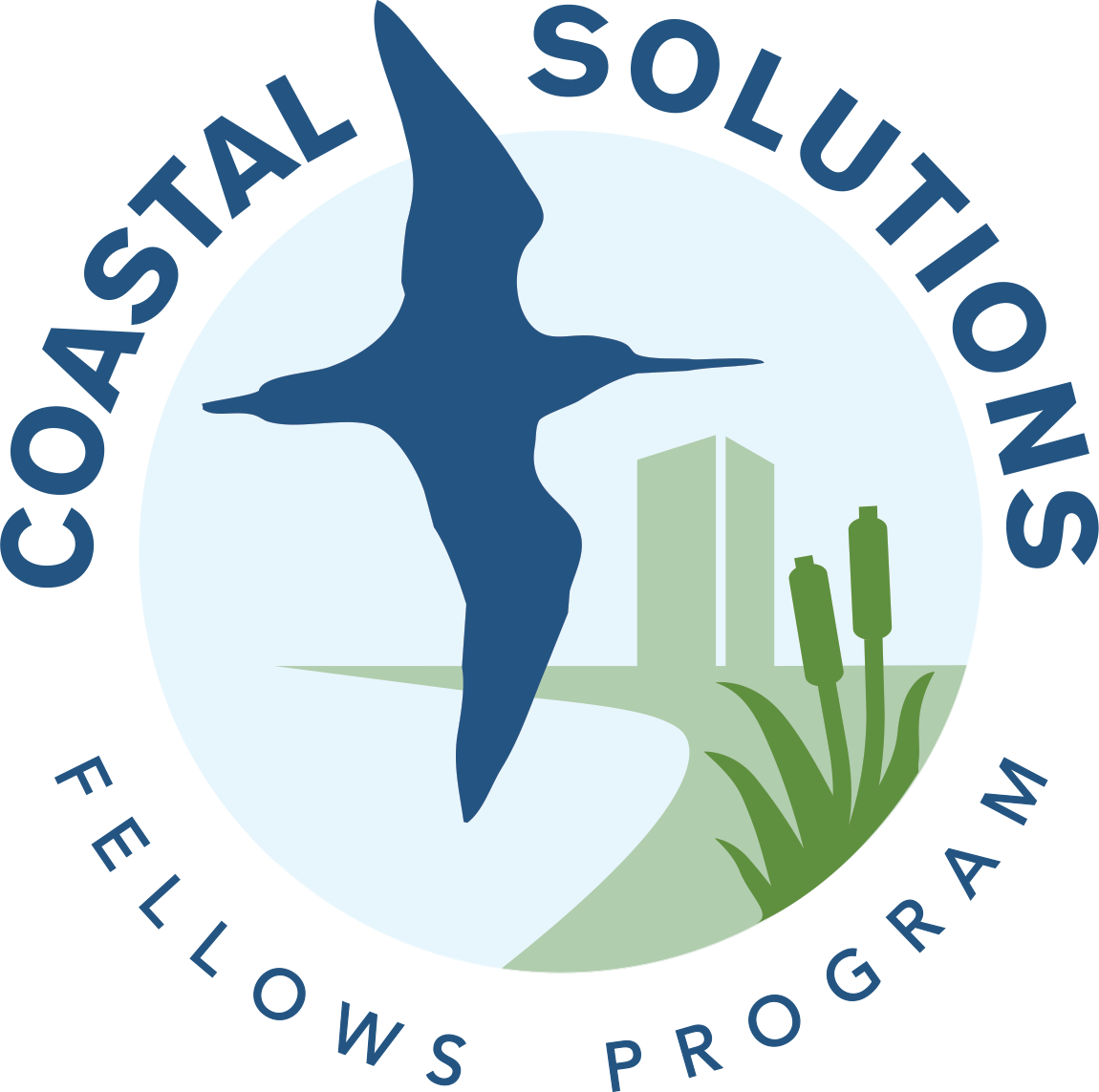
The Coastal Solutions Fellows Program builds and supports an international community to design and implement solutions that address coastal challenges across the Pacific Americas Flyway. Our main goal is to conserve coastal habitats and shorebird populations by building the knowledge, resources, and skills of Latin American professionals, and by fostering collaborations among multiple disciplines and sectors.
